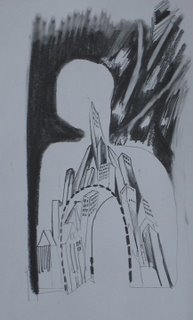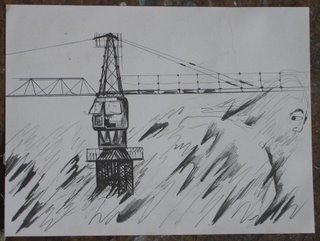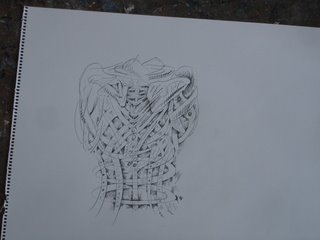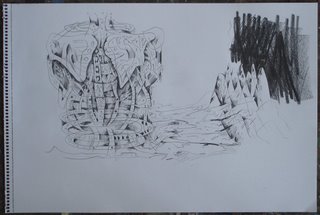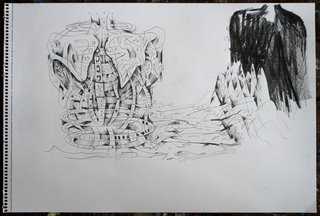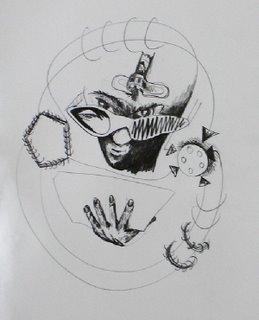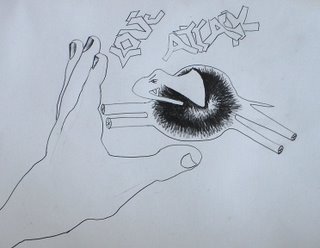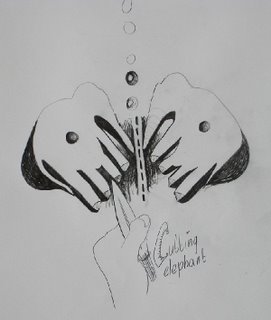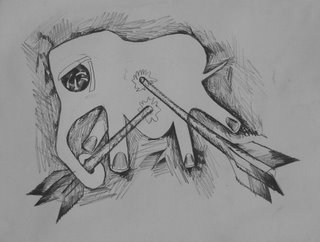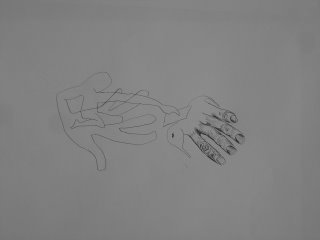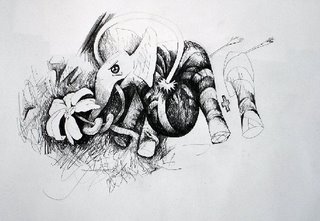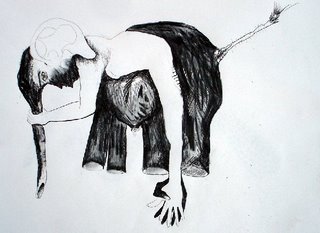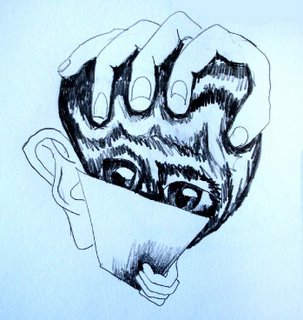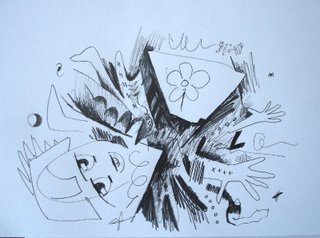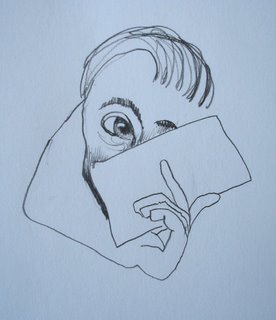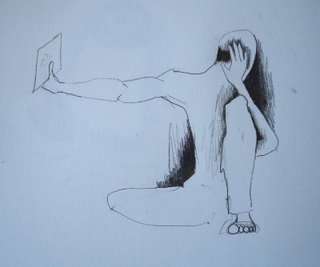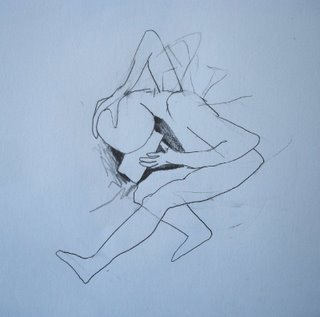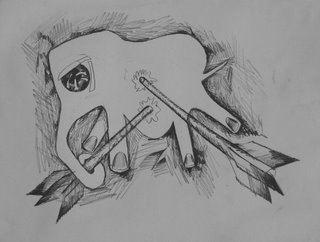Ja, jetzt funktioniert das plötzlich - oh sorry, we decided to write in english...
Today I had the Idea, that "Rückkehr" has to to something with "jemanden den Rücken kehren", that means I don't want to bother with him/with it. I always thought, "Rückkehr" has a look forward. But it is something what is in your back, that is giving you the pulsion to go forward.
I want to contribute a very old picture of me, that might show, what I mean
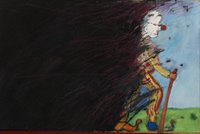
This picture is called "Heraustretend", sort of "coming out of"
Another picture also of the year 1884 was the theme "Rückkehr", so looking at the difference:
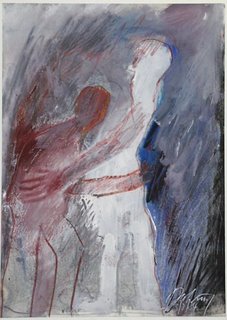
Is there a difference?
greetings Tilman
Today I had the Idea, that "Rückkehr" has to to something with "jemanden den Rücken kehren", that means I don't want to bother with him/with it. I always thought, "Rückkehr" has a look forward. But it is something what is in your back, that is giving you the pulsion to go forward.
I want to contribute a very old picture of me, that might show, what I mean

This picture is called "Heraustretend", sort of "coming out of"
Another picture also of the year 1884 was the theme "Rückkehr", so looking at the difference:

Is there a difference?
greetings Tilman

